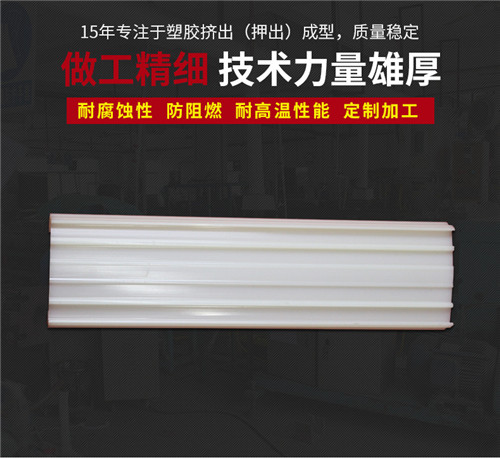
Phone Number :
08 16, 2023

Introduction:
The Trunk threading specification is a vital concept for understanding and optimizing the performance of threaded systems. This specification defines a set of guidelines and best practices for utilizing trunk threading efficiently. In this article, we will delve into the details of this specification, exploring its importance, key components, and benefits.
The Trunk threading specification refers to a methodology for organizing and executing threads in multi-threaded systems. The specification aims to improve overall system performance, reduce execution time, and optimize resource utilization. By following this specification, developers can design and implement more efficient threaded systems.
The Trunk threading specification encompasses several essential components that contribute to its effectiveness. These components include:
When developers adhere to the Trunk threading specification, they can reap several benefits and achieve optimal system performance. Some of these advantages include:
In summary, the Trunk threading specification is a fundamental framework for achieving efficient and scalable multi-threading in software systems. By understanding its core principles and incorporating its best practices, developers can unlock the full potential of threaded applications, enabling them to deliver robust and performant software solutions.